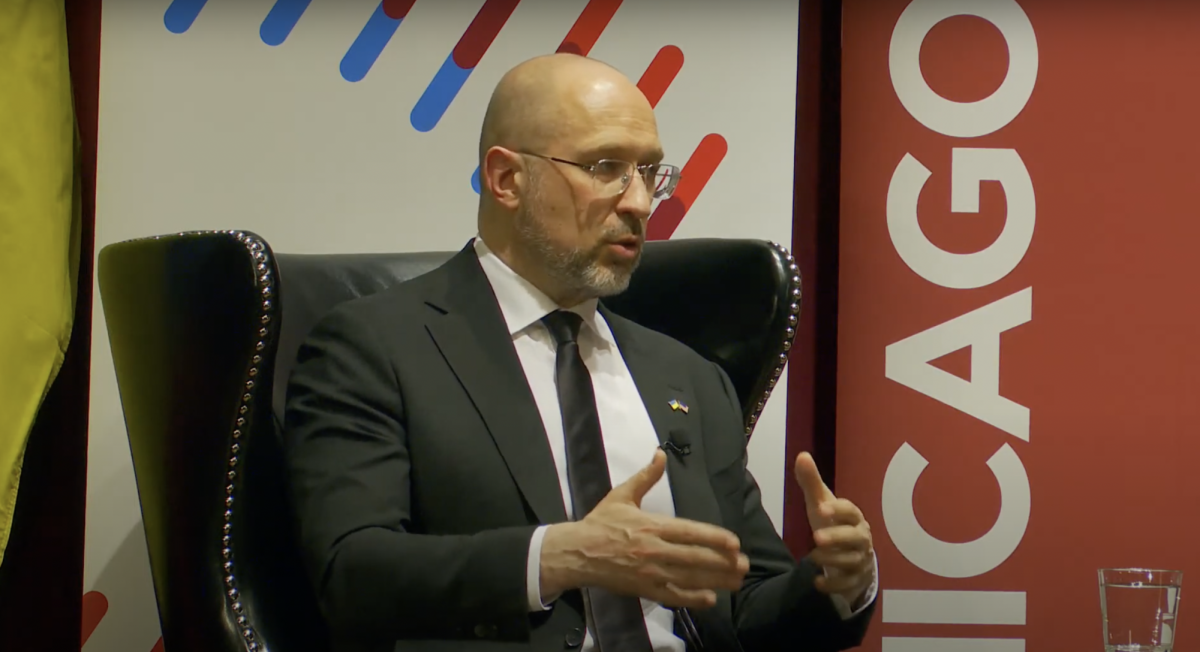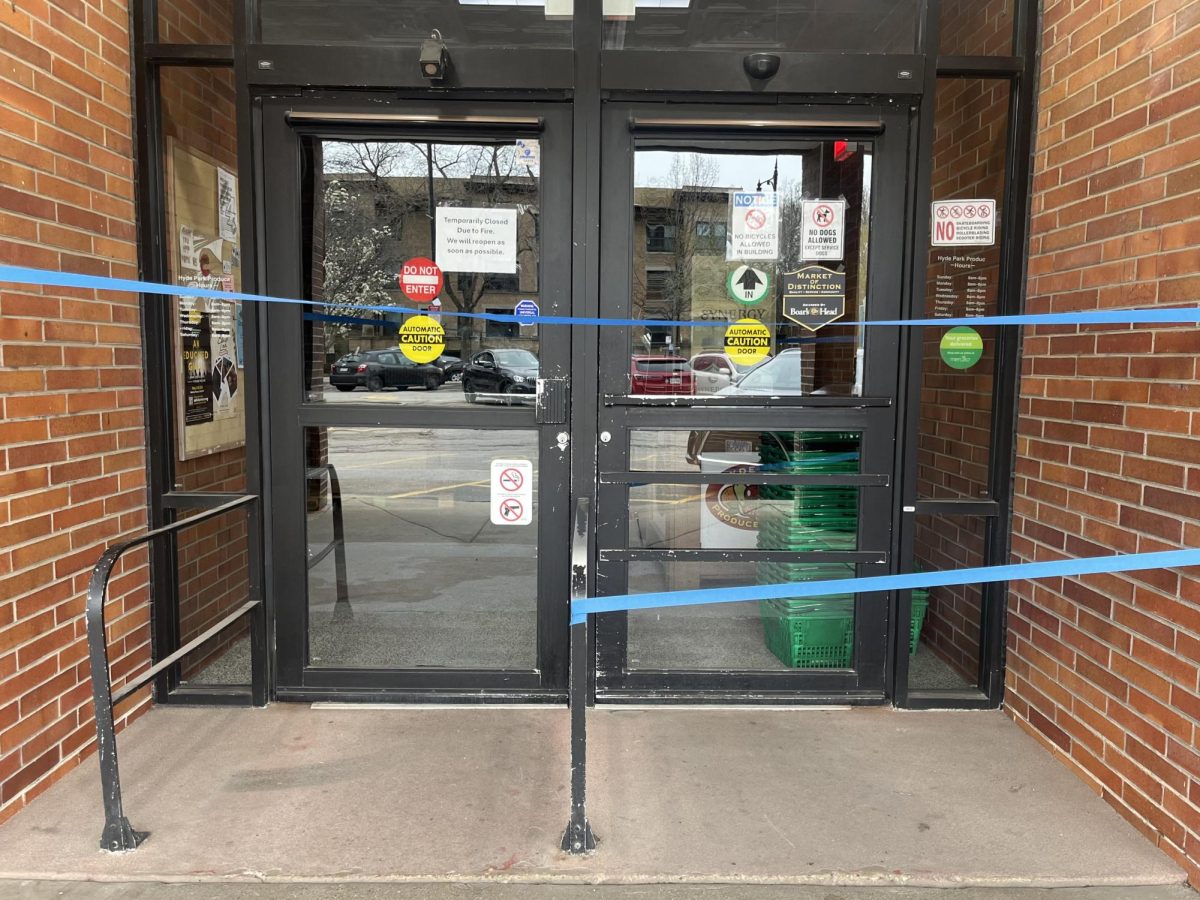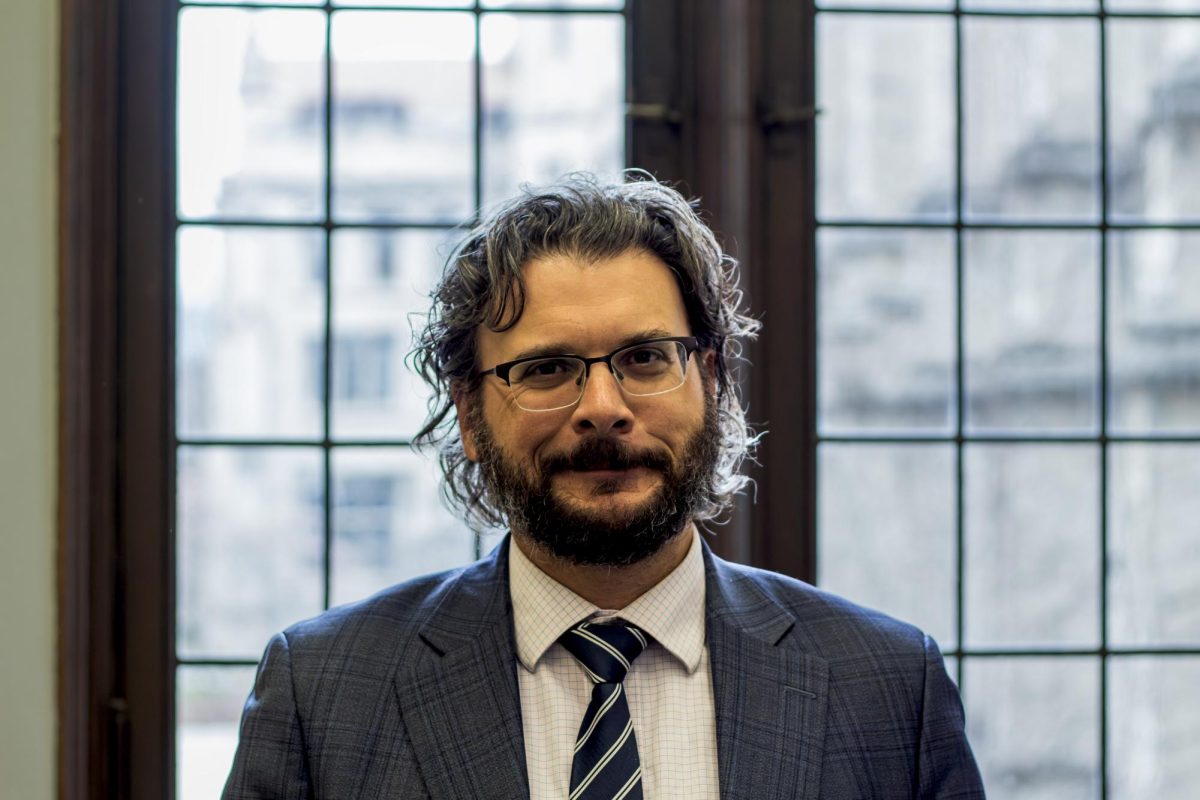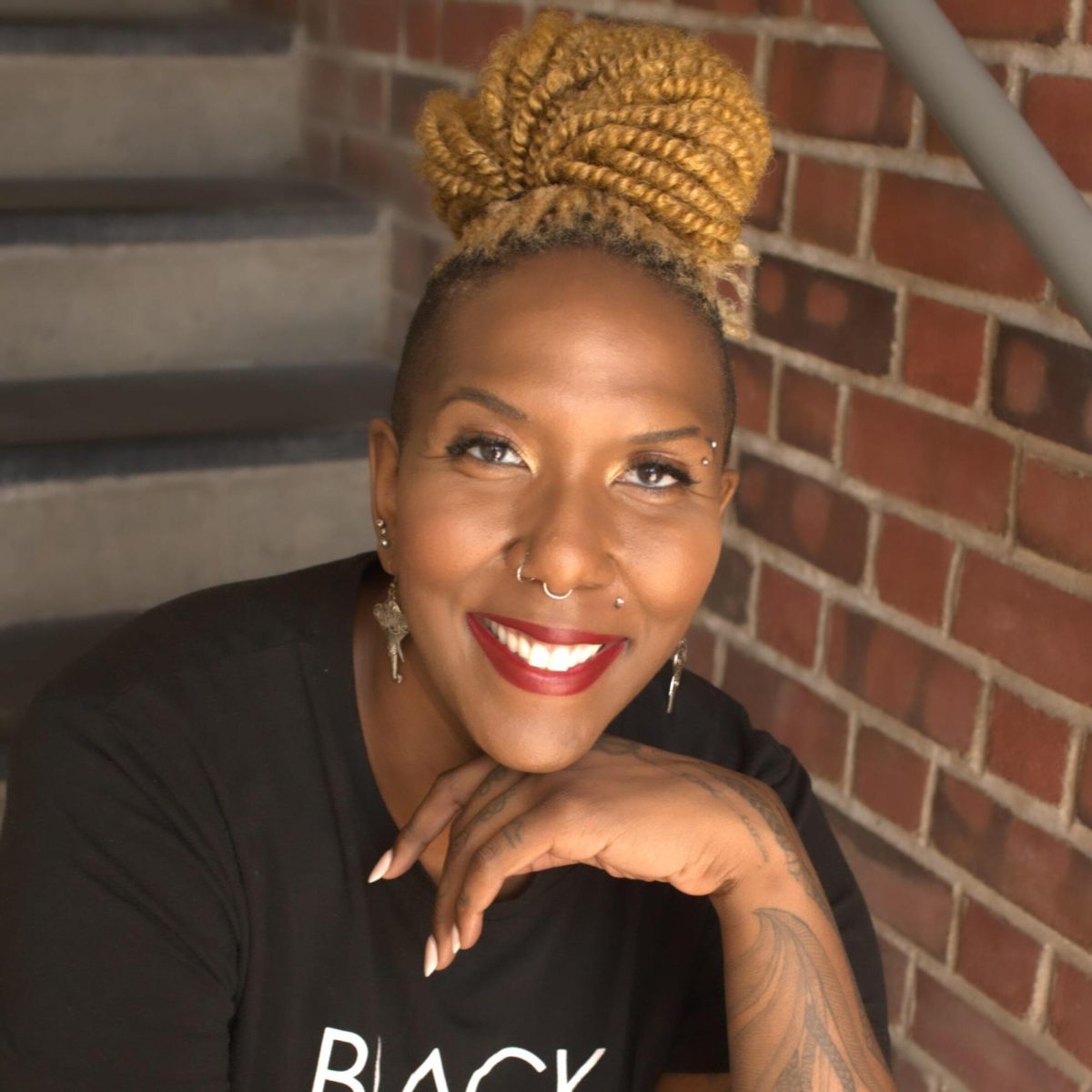The upcoming faculty expansion is a long overdue rejuvenation for a strained faculty, with the potential to propel the University past its academic competitors, administrators said this week.
It will be the first faculty expansion since the 1960s, Dean of the College John Boyer said, and is aimed at addressing the needs of a larger student body, expanding research into new fields, and better utilizing new resources like the Logan Arts Center. The expansion was announced to the University in an e-mail from President Robert Zimmer last Tuesday, and will take place next year.
While the number of students in programs University-wide has increased drastically in the past quarter century, faculty size has declined. Today, the school’s admissions Web site advertises a student-faculty ratio of 6:1.
“In 1972 we had 1,195 faculty, and today we have 1,165,” Boyer said. “We need to be supporting the departments that are under heavy teaching pressure like Chemistry and Political Science.”
The student body isn’t the only factor stretching professors thin: New fields are constantly emerging in areas as diverse as physics and philosophy that need experts to teach a new generation of scientists.
The desire to explore new fields requires a younger faculty, a goal Boyer said is built into the plan. He sees the hiring as a long-term investment, and believes that new assistant professors will one day be winning the Nobel Prizes that have established the U of C as a major research university.
But the new faculty won’t be exclusively research scientists. Boyer pointed out that the new Logan Arts Center will necessitate a renewed investment in the visual and performing arts.
“It would be folly to build it and then not provide sufficient instructional staff to use it,” he said. “We need to invest in programs that are intellectually exciting, but also programs that are generating high student demand.”
Provost Thomas Rosenbaum said the expansion is not only necessary, but will provide an edge over its peers.
“With many universities in retrenchment mode, and with fewer junior appointments likely to be made at leading institutions in the coming years, we are well positioned to capitalize on our relatively strong financial foundation and the momentum created by investments over the last few years,” he said in an e-mail.
Boyer expressed cautious optimism about the University’s financial condition, and its ability to invest in new faculty.
“We can kind of see the light at the end of the tunnel,” he said. “We’ve weathered the storm better than a lot of other private universities.”
According to Boyer, the last major influx of faculty took place in the 1960s, in the wake of Sputnik. In response to fears of Soviet technological dominance, the federal government granted the U of C money for faculty hiring, equipment, and even new buildings.
“The ’60s were the golden age of higher education, especially in the early ’60s before they started spending money on the Vietnam War,” Boyer said. “That all changed after the economic recession in the early 1970s.”
Some of the same factors that saw an increase in University spending in the ’60s are returning again. America faces a rising economic and technological star in China, and Boyer said institutions like the University of Chicago can compete in the long term.
“It’s important that we continue to invest in the American research universities. The German government, Japan, China—they’re investing a lot,” Boyer said. “There is a sense that universities are engines of intellectual discovery, but they’re also engines of invention, technology, and creative arts.”









